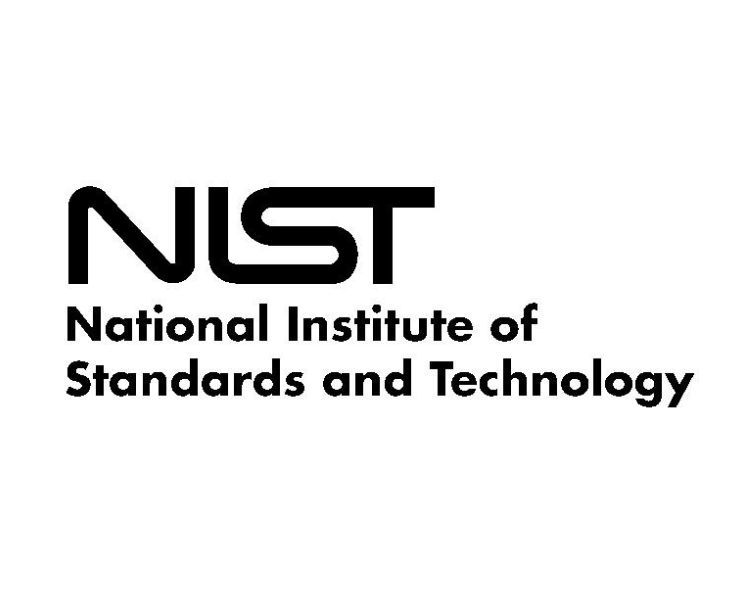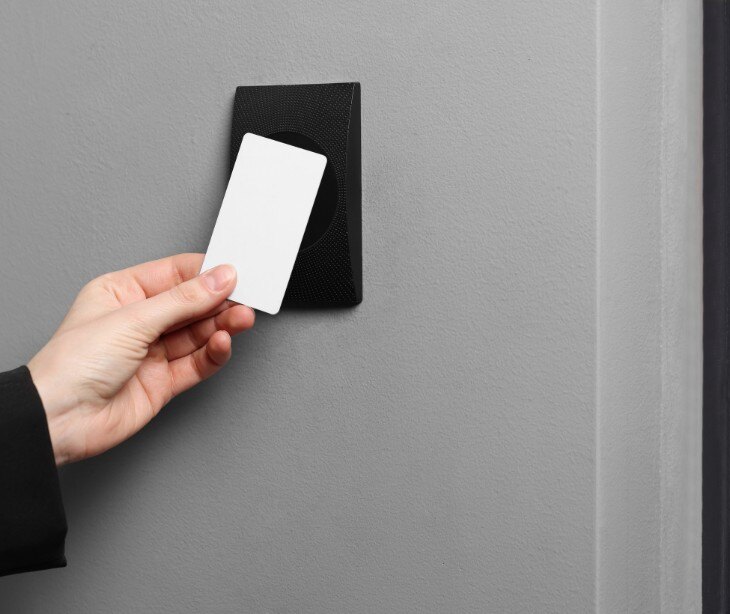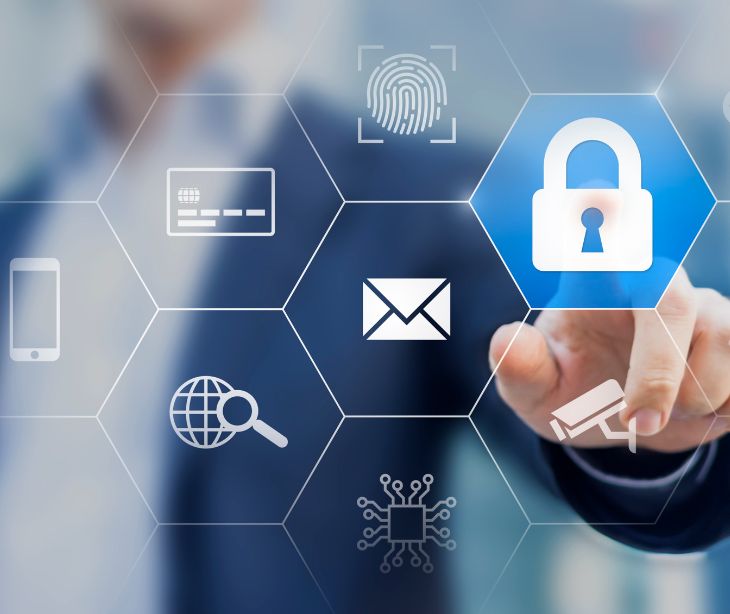
According to the National Institute of Standards and Technology, situational awareness aids security control by helping organizations detect threats and vulnerabilities, mitigate risks, and make informed decisions. While achieving situational awareness can be challenging, technological advancements provide new opportunities to enhance these capabilities.
Defining situational awareness
Situational awareness, in its essence, represents the ability to perceive environmental elements, events, and dynamics with respect to time and space, comprehend their meaning, and project their status in the near future.
In the context of security control, situational awareness involves collecting, analyzing, and interpreting data related to the security environment to make informed decisions and take necessary actions.
Importance of situational awareness in security control
Situational awareness is necessary for security control for the following reasons:
- Threat detection: With situational awareness, organizations can detect potential threats and vulnerabilities in real-time, enabling them to react swiftly and efficiently.
- Risk mitigation: Organizations can implement necessary measures to mitigate these risks by understanding the security landscape and the potential risks.
- Enhanced decision-making: Situational awareness provides valuable insights that help in making informed decisions about security controls and protocols.
- Compliance: It aids in meeting regulatory compliance by ensuring that the organization's security posture is strong and threats are minimized.
Building situational awareness
Building situational awareness is a systematic process that involves several steps. These include:
- Data collection: This involves gathering relevant data from various sources, including network traffic, user activities, system logs, threat intelligence feeds, and more.
- Data processing and analysis: The collected data is then processed and analyzed to identify patterns, trends, and anomalies.
- Situation understanding: Based on the analysis, the situation is understood in terms of its implications for the organization's security.
- Decision-making and action: The insights derived from the situation understanding are used to make decisions and take action.
Situational awareness tools and techniques
Several tools and techniques can aid in enhancing situational awareness in security control. These include:
- Security information and event management (SIEM) systems: SIEM systems collect and aggregate log data generated throughout the organization's technology infrastructure, from host systems and applications to network and security devices such as firewalls and antivirus filters.
- Intrusion detection systems (IDS): IDS monitors network traffic for suspicious activities and issues alerts when such activities are discovered.
- Threat intelligence platforms: These platforms gather, analyze, and interpret data and information about potential or current threats that could harm the organization.
Go deeper: What is threat intelligence?
Challenges in achieving situational awareness
Achieving situational awareness is not without challenges. Some of these challenges include:
- Volume and variety of data: The sheer volume and variety of data that need to be collected and analyzed can be overwhelming.
- Evolving threat landscape: The threat landscape is constantly changing, making it difficult to stay abreast of all potential threats.
- Lack of skilled personnel: There is a shortage of skilled personnel who can effectively manage and interpret the data to achieve situational awareness.
Real-world situational awareness applications
Situational awareness has many real-world applications, such as:
- Cybersecurity: In cybersecurity, situational awareness is used to detect and respond to threats, vulnerabilities, and incidents.
- Physical security: In physical security, it's used to monitor and control access to buildings and other secure areas.
- Emergency response: In emergency response, situational awareness is used to understand the scope of the incident, allocate resources, and coordinate response efforts.
Read more: What is cybersecurity in healthcare?
Best practices for enhancing situational awareness
Here are some best practices for enhancing situational awareness:
- Integrate and correlate data: Data from various sources should be integrated and correlated to provide a detailed view of the security landscape.
- Utilize AI and machine learning: AI and machine learning can be used to analyze data, identify patterns and anomalies, and make predictions.
- Continuous monitoring: Continuous monitoring of the security environment is necessary for maintaining situational awareness.
In the news
The situational awareness system (SAS) market is poised for significant growth, with a projected CAGR of 7.17% from 2022 to 2029, reaching a valuation of US$39.724 billion by 2029, as indicated by a recent study by Knowledge Sourcing Intelligence. The increasing digitalization of infrastructure worldwide fuels this expansion, driving demand for SAS solutions to monitor and regulate various systems, from smart road traffic to energy consumption in smart buildings.
Technological advancements, such as satellite missions for space object monitoring and innovative marine safety systems, further propel market growth, while North America emerges as a main region for SAS adoption, supported by its technological prowess and governmental initiatives fostering innovation and industrial development.
FAQs
What does situational awareness mean in healthcare security?
Situational awareness in healthcare security involves actively monitoring and understanding potential threats to the safety and security of healthcare environments, using real-time data from various sources like surveillance cameras and access control systems.
Why is maintaining situational awareness critical in healthcare settings?
Situational awareness benefits healthcare facilities for early threat detection, ensuring patient and staff safety, safeguarding sensitive medical information, and maintaining overall security and trust in healthcare services.
What measures can healthcare facilities take to enhance situational awareness?
Healthcare facilities can enhance situational awareness by implementing integrated security systems, training staff on security protocols, conducting regular drills, and using advanced technologies like video surveillance and access control systems.
Subscribe to Paubox Weekly
Every Friday we'll bring you the most important news from Paubox. Our aim is to make you smarter, faster.




